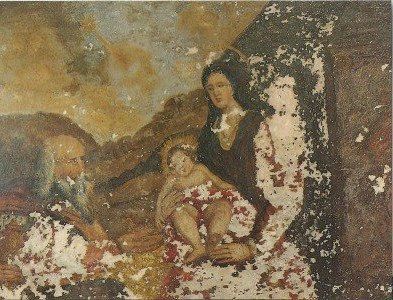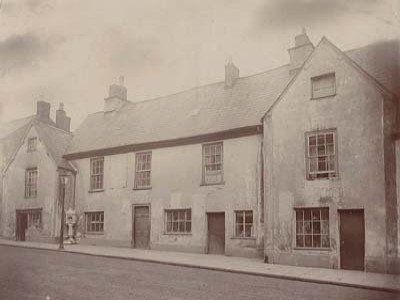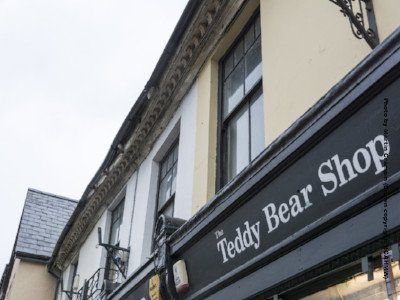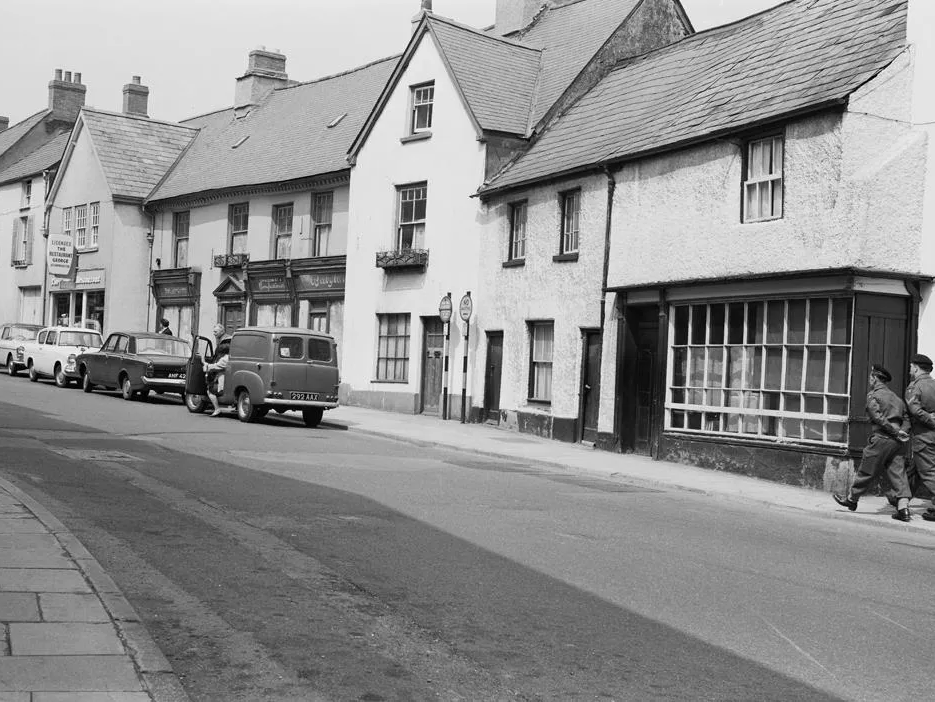The chapel
In the late 1600s Britain’s Protestant future was believed to be under threat. A resurgence in Catholicism along with rumours of plots to establish a Catholic monarchy fostered a climate of fear and accusation.

Lawyer, Thomas Gunter owned Plas Gunter Mansion in the 1670s. He was one of a large number of Catholics in the area and allowed mass to be held illegally in the chapel in the attic.
In 1678, priest-hunter, John Arnold of Llanfihangel Court reported to a shocked House of Commons:
In 1678, priest-hunter, John Arnold of Llanfihangel Court reported to a shocked House of Commons:
“...that he had seen a Publick chapel near the house of Mr Thomas Gunter, a papist convict, in Abergavenny, adorned with the mark of the Jesuits on the outside, and is informed that Mass is said there by Captain Evans, a reported Jesuit, and by the aforesaid David Lewis in that very great numbers resort to the said chapel and very often at Church time, and he hath credibly heard that hundreds have gone out of the said chapel when not forty have gone out of the said church, that the said chapel is situate in a publick street of the said town, and doth front the street’ .*
* Civil War and Restoration in Monmouthshire by Jeremy Knight (Logaston 2005)
* Civil War and Restoration in Monmouthshire by Jeremy Knight (Logaston 2005)
Allegations of Jesuit plots, including one to murder the king and invade with French and Irish Catholics, suddenly become far more credible. The Titus Oates ‘Popish Plot’ quickly followed and initiated a wave of anti-Catholic paranoia. King Charles II had no option but to respond. On 20 November 1678 he issued a proclamation for the immediate arrest of all papists and Jesuits.

The chapel slipped into historical obscurity. It was boarded up, disappearing from sight and memory for over two hundred years.
In 1907 a local builder acquired Plas Gunter Mansion and during alterations the hidden attic was discovered. A painted altarpiece showing the Adoration of the Magi was revealed along with several wall markings, including a number of important Jesuit symbols. Papers belonging to Thomas Gunter were also found under the floorboards.
In 1907 a local builder acquired Plas Gunter Mansion and during alterations the hidden attic was discovered. A painted altarpiece showing the Adoration of the Magi was revealed along with several wall markings, including a number of important Jesuit symbols. Papers belonging to Thomas Gunter were also found under the floorboards.

This chapel is a direct link to key events in Welsh and British history. It is the only known existing recusant chapel in Wales and one of the most important and best surviving in the whole of Britain.
The altarpiece was removed so it could be preserved and can now be seen at Abergavenny Museum.













